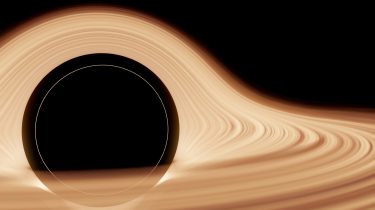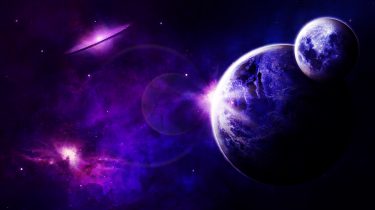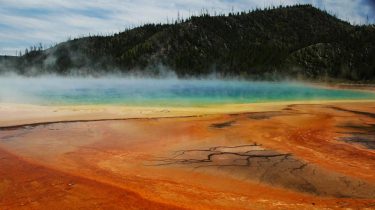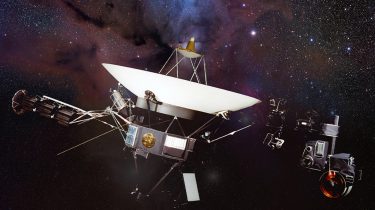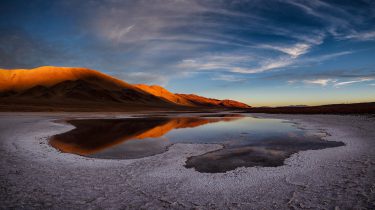Ladakh Expedition: An Experience of Ancient Mars
By Nidhi Goswami Since the dawn of humanity, we have been wondering about our place in the cosmos. Are we alone in the universe? The answer to this question is obviously in the night sky, beyond the thin atmosphere of our planet. The exploration of space then seems a natural choice to move forward. However, space is vast! With current propulsion technologies, it takes days to reach the Moon, months to reach our neighbouring planets, years to cross the solar […]
Read more


